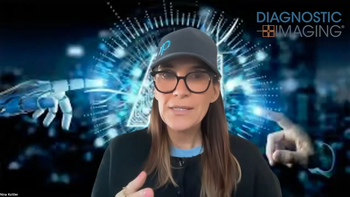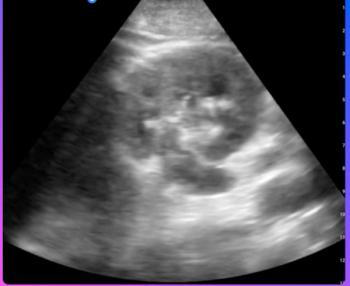
Technologists Opt For Radiation Therapy, Not Radiography, Nuclear Medicine
Fewer students entering radiography and nuclear medicine programs, despite ample class space, while more are studying radiation therapy.
More students are enrolling in radiation therapy programs while enrollment in radiography and nuclear medicine programs is dropping, according to a report published by the
The organization sent out invitations in October 2014 to 981 radiography, radiation therapy, and nuclear medicine technology programs listed by the ARRT to participate in an online survey. A total of 469 responses were returned (47.8 %).
The respondents were asked about programs offered at their facility, terminal degrees, educational accreditation, geographic location, and enrollment levels. Most of the respondents were from radiography programs (77.4%); 11.3% were from radiation therapy and nuclear medicine programs. Most programs were in North America (96.8% in the U.S. and 2.8% in Canada) and 0.4% were in Australia.
The results showed that, in 2014, there were an estimated 15,211 students enrolled in radiography programs, down from 16,154 in 2013, and 1,061 students in nuclear medicine programs, down from 1,280 in 2013. This was a decrease of 1.2 students per radiography program and 1.5 students in the nuclear medicine technology program from 2013. However, ARRT-certified radiation therapy programs saw an increase to 1,544 students in 2014, up from 1,513 in 2013, for an increase of 0.7 students. While many programs could accept more students, directors reported not filling their classes completely.
“Our last two enrollment surveys showed that many program directors are turning away students even though they could accommodate them in the classroom,” ASRT Director of Research John Culbertson said in a release. “We’ll closely monitor to see if this trend continues in the 2015 enrollment survey.”
Newsletter
Stay at the forefront of radiology with the Diagnostic Imaging newsletter, delivering the latest news, clinical insights, and imaging advancements for today’s radiologists.




























